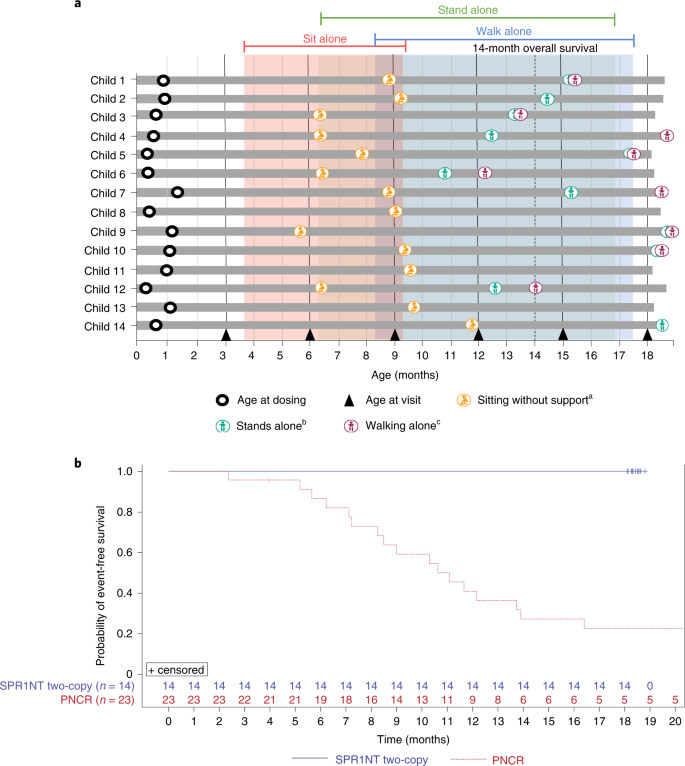
Child support costs are an important part of a child custody case. While it may be difficult to estimate how much you will have to pay, there are a few simple steps you can take to estimate your child support costs. First, consider the arrangement of custody. If you have primary physical custody, your costs will be considerably higher than if you have shared custody.
Child support costs for shared physical custody arrangement
Child support is calculated according to a number of factors, including the parents’ income, the child’s age, and the custody arrangement. In most states, child support is based on a percentage of each parent’s monthly earnings. This percentage can either be flat or varies based on the parents’ income levels. Another important factor in child support calculations is parenting time. In many cases, the court looks at how often each parent is spending at least two nights with the child each month. Other states look at other factors, including whether or not each parent is providing equal care.
In addition to the above-mentioned factors, child support expenses are another consideration. These expenses can include the cost of unreimbursed medical bills, including annual checkups, emergency room visits, prescriptions, dental braces, eyeglasses, and dental braces. There are also education costs, such as tuition to private schools.
In shared physical custody arrangements, the child spends almost equal time with both parents. However, child support payments are not always necessary. While a shared physical custody arrangement does not always involve child support payments, parents can still file for a child support order if they feel that they need to.
Child support costs for primary custody arrangement
When the court determines child support costs for a primary custody arrangement, the courts use a formula that takes both parents’ income into account. The courts also assume that the parent with physical custody spends money on the child directly. This formula may not always be the “fairest” way to calculate child support.
For instance, the state of Florida uses an Income Shares Model, which estimates how much money each parent would spend on the child if the marriage had not broken up. The estimated amount is then divided between the parents based on their respective income. Then, parents must equally share expenses for work-related child care.
Child support calculations will also take into account the amount of overnights spent with the child. If the noncustodial parent spends more than 20 percent of the children’s time overnight, the noncustodial parent’s child support obligation will be adjusted. This is because overnights are considered more expensive than daytime hours. Overnights typically involve more costs for both parties, including food, rent, and a place to sleep.
When determining child support costs, the courts will look at the standard of living of the child before the divorce. This means that the parents will need to fill out a financial form that details the amount of money they earn each month, as well as the expenses they incur each month. This information is essential in determining how much child support the court orders.
If the parents split custody equally, the court will be less likely to order child support. Joint custody is a good example of this, as the child will spend 50 percent of their time with each parent. Although joint custody may be a good solution for the child, the court will look at the earning potential of both parents, and may order the higher-income parent to pay child support.
